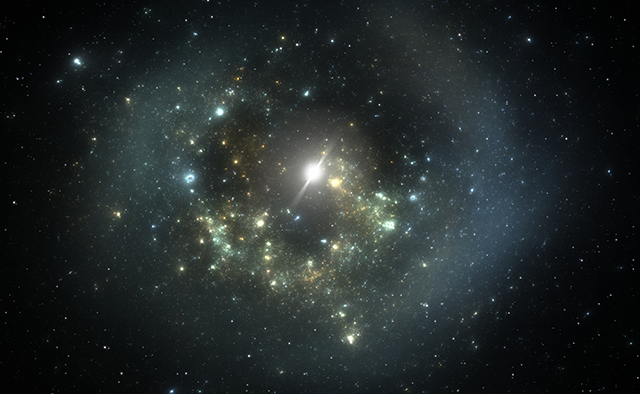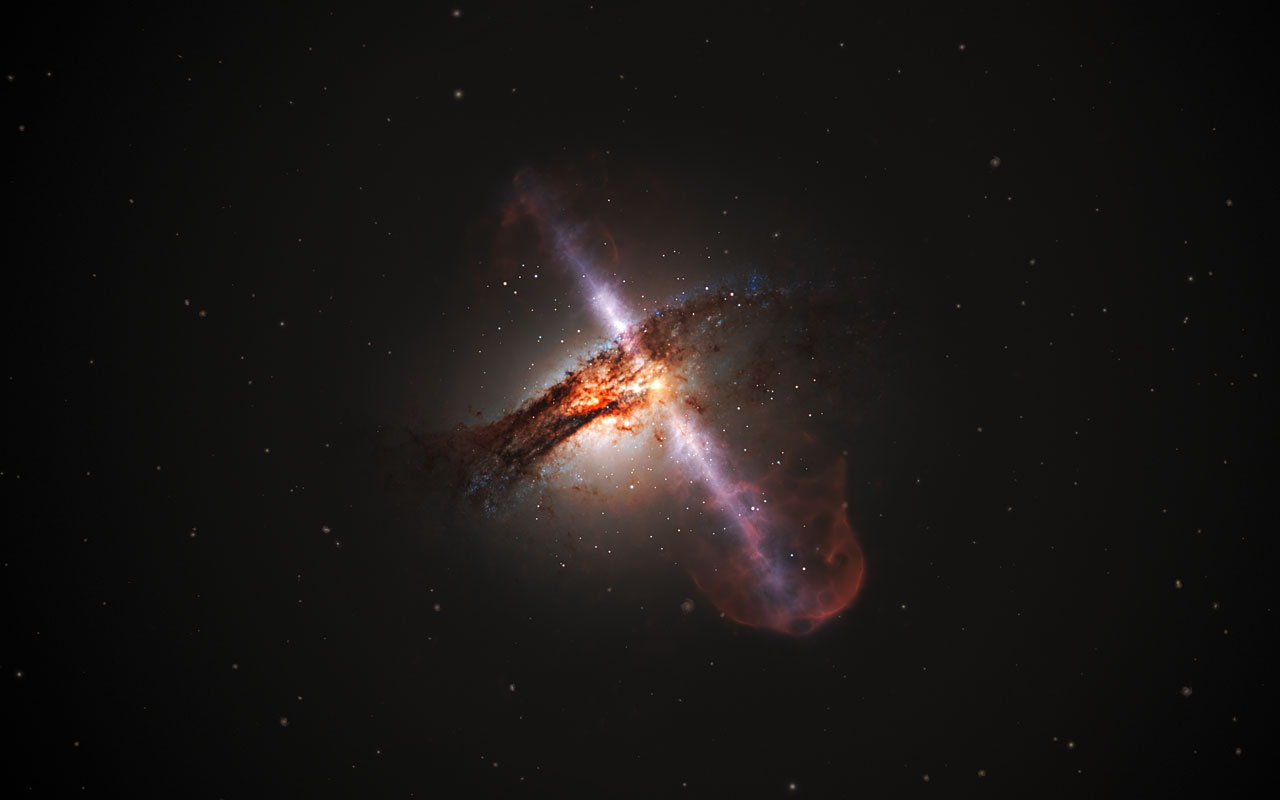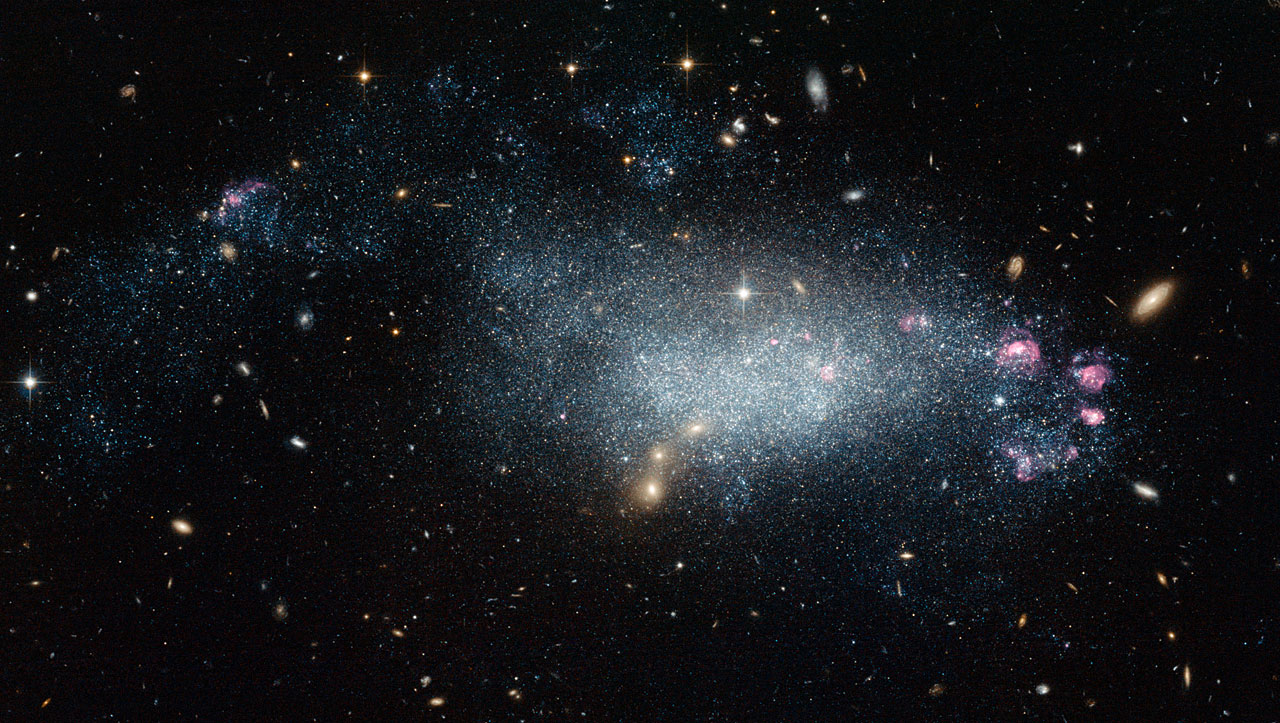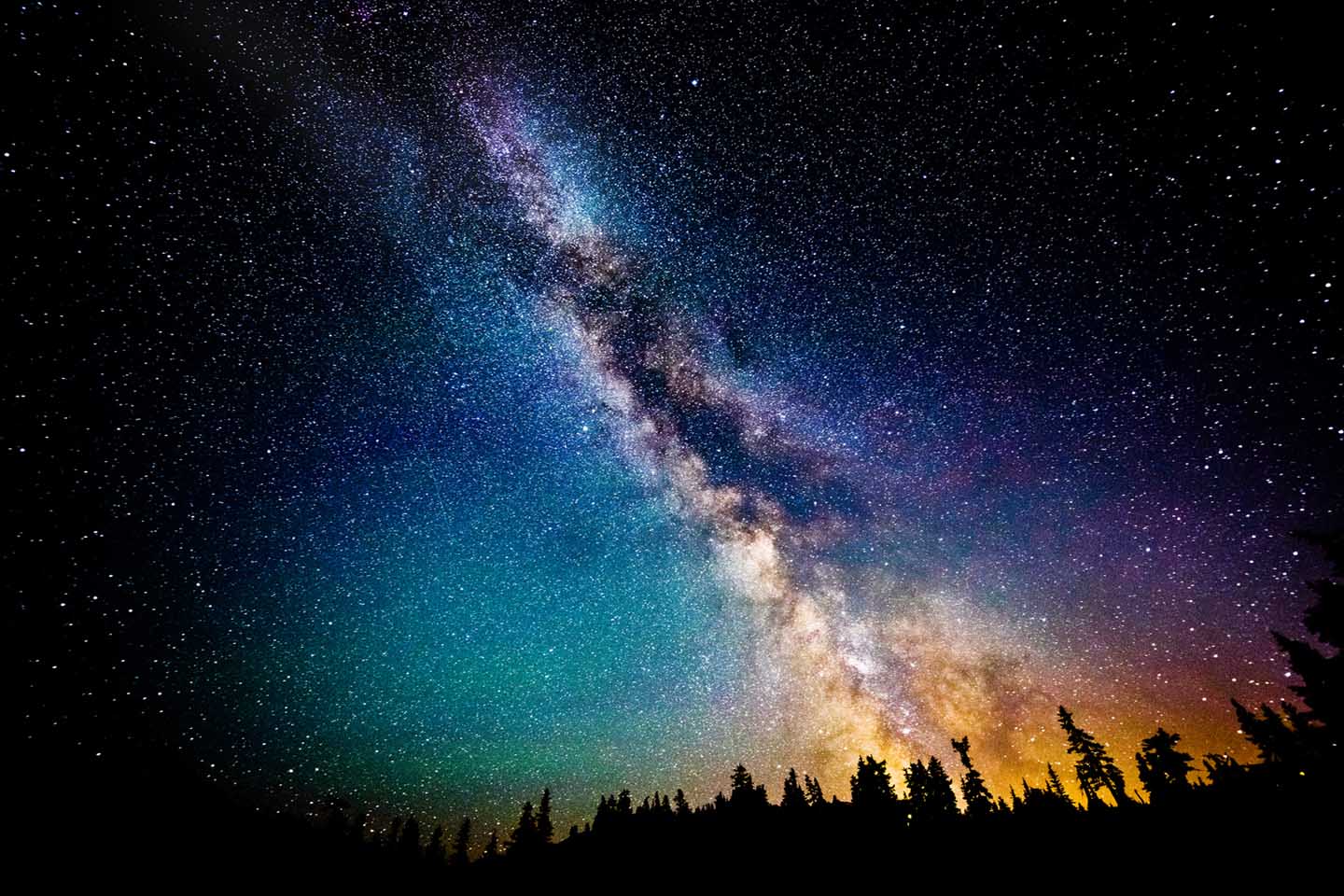
Researchers note that the blobs, which they dubbed "odd radio circles" (ORC), are unlike anything seen before. While they have offered other hypotheses, they also raise the possibility that a highly energetic event took place billions of light-years away, creating a blast wave that traveled out as a sphere and took the shape of a ring.
Lead researcher Barbel Koribalski, a galactic astronomer at Western Sydney University in Australia, and her colleagues are not certain what this high-energy event could possibly be. The team notes that they are not aware of any phenomenon that can produce such strange blobs. But if anything, ORCs may be previously unknown products of a black hole merger, the researchers posit.
"This could be something completely new," Koribalski remarked.
Such mergers occur between two black holes orbiting each other in a cosmic system called a binary black hole. Over time, their orbits will decay and these two supermassive objects will crash into each other and merge as one, resulting in an exceptionally powerful event that can be felt billions of light-years away.
Astronomers announced last year that they detected such an event, which happened seven billion years ago but whose cosmic effects had just reached the Earth just now. The merger involved two black holes that are roughly 85 and 66 times more massive than our sun, combining to form a solitary black hole roughly 142 times heavier than the sun. (Related: Bizarre and fascinating: 9 Incredible things about black holes.)
Odd radio circles and other theories for what these are
Anna Kapinska, a scientist at the National Radio Astronomy Observatory in New Mexico, who was not part of the study, was the first to spot ORCs. She initially found four of these circles while examining data taken in 2019 using the Australian Square Kilometer Array Pathfinder.
From the handful they found so far, Kapinska and colleagues estimated that there were around 1,000 of these circles, which they determined was located several light-years away. Each of the objects had a galaxy located almost exactly in its center and potentially measured as much as a few million lights years wide. When the team looked for the objects in other wavelengths such as visible light, the circles vanished from view, leading the team to call the blobs "odd radio circles."
A study published last year, which was co-authored by Kapinska and Koribalski, provided 11 potential explanations as to what ORCs could be. Some of these suggested that ORCS were imaging glitches, warps in space-time known as Einstein rings, or a new type of remnants of a supernova explosion. (Related: Mysterious blobs of radio emissions found floating in space.)
Koribalski and her team narrowed these down to three in the new study. Besides the black hole merger hypothesis, they also posited that ORCs could be the result of galaxies forming a cluster, in turn bending bright material into a ring-like structure. They noted that the blobs might simply be too faint to be picked up by current telescopes.
A third hypothesis was that ORCs are gigantic, cone-shaped jets of energetic particles that are produced when the supermassive black hole at the center of these galaxies absorbs gas and dust. Astronomers often spot such jets, though generally they are aligned with Earth in such a way that observatories see them as moving out the sides of the galaxy.
In the case of ORCs, however, the jets might simply be pointing directly toward the planet, the researchers suggested. This meant that space telescopes were essentially looking down the barrel of a long tube, creating a circular, time-dimensional image around a central galaxy.
Harish Vedantham, an astronomer at the Netherlands Institute for Radio Astronomy, who was not part of the study, favored this third hypothesis because it was the simplest and therefore most plausible idea. His assessment was guided by the principle of Occam's razor, which prefers mundane explanations over strange, new ones.
"You can construct an exotic scenario," he told Live Science. "But the simplest answer is almost always correct."
He also rejected the idea that ORCs were created by a galactic cluster since such a cluster is hard to hide. While the objects are several billion light-years away, they are not too far as to be unnoticeable, he explained.
Whatever the case, both Vedantham and Koribalski agreed that more telescope observations in other wavelengths are needed to give scientists a better idea of what ORCs are. Koribalski said that new data would be collected in the next six months or so, hopefully adding new radio circles to the catalog.
For more about fascinating findings related to space, follow Discoveries.news.
Sources include:
Please contact us for more information.























